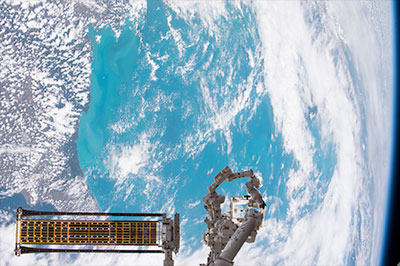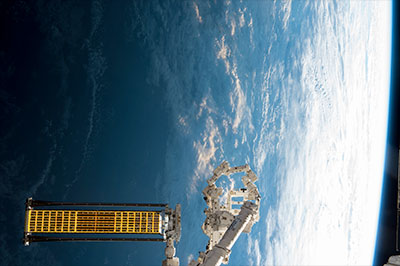 Space News space history and artifacts articles Messages space history discussion forums Sightings worldwide astronaut appearances Resources selected space history documents |
If you have previously registered, but forgotten your password, click here.
Traditional solar panels used to power satellites can be bulky with heavy panels folded together using mechanical hinges. This new solar array's design rolls up to form a compact cylinder for launch with significantly less mass and volume, potentially offering substantial cost savings as well as an increase in power for satellites. ROSA was developed as part of the Solar Electric Propulsion project sponsored by NASA’s Space Technology Mission Directorate. NASA tested the ROSA technology in vacuum chambers on Earth several years ago, and this is its first test in space. This solar array technology was developed to power large spacecraft using highly-efficient electric propulsion on missions to deep space including Mars and the moon.  | ||||||||
| Robert Pearlman | NASA update An experimental solar array demonstration was jettisoned while the Expedition 52 crew continued preparing the SpaceX Dragon for its release on Sunday (July 2). | |||||||
| Headshot | The first set of solar arrays on Hubble were of the roll-out type and were found to be unsuitable for the space telescope's operation. How does ROSA differ from what was originally used on Hubble? | |||||||
| Robert Pearlman | This may not be a complete answer, but citing "Evaluation of Different Architectural Concepts for Huge Deployable Solar Arrays for Electric Propelled Space Crafts": The ROSA array (Roll-Out Solar Array) is similar in design to the Hubble solar array. It possesses a flexible blanket that is rolled on a drum for stowage and is supported by two STEM booms running along the blanket edges. The booms are rolled on the same drum and deployed in parallel with the blanket. | |||||||

